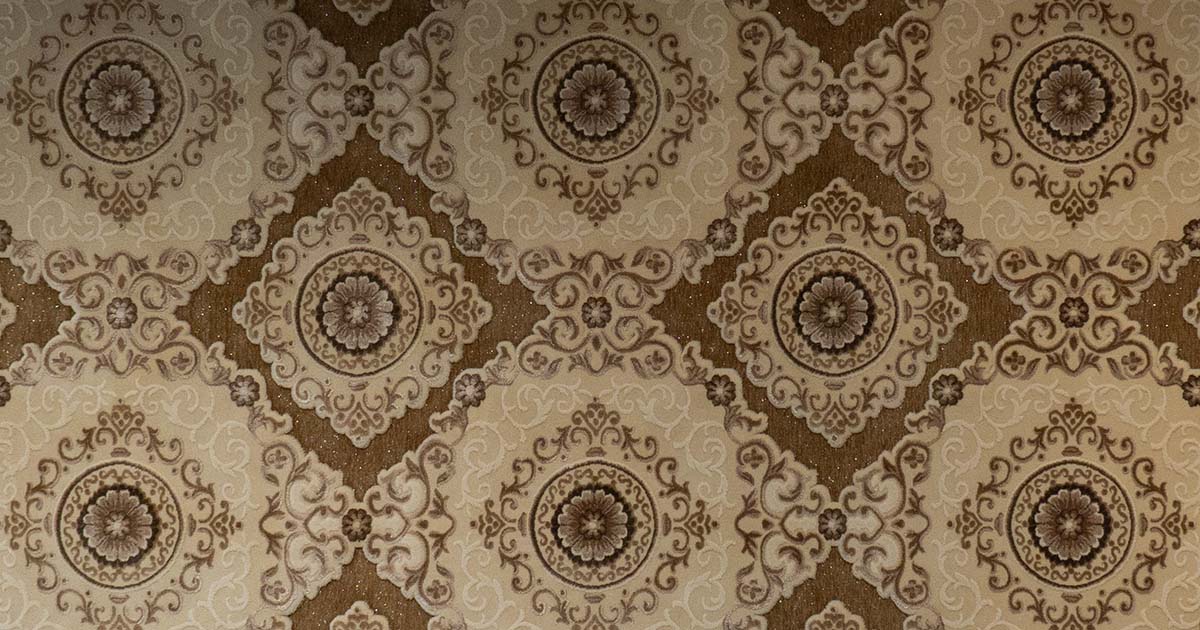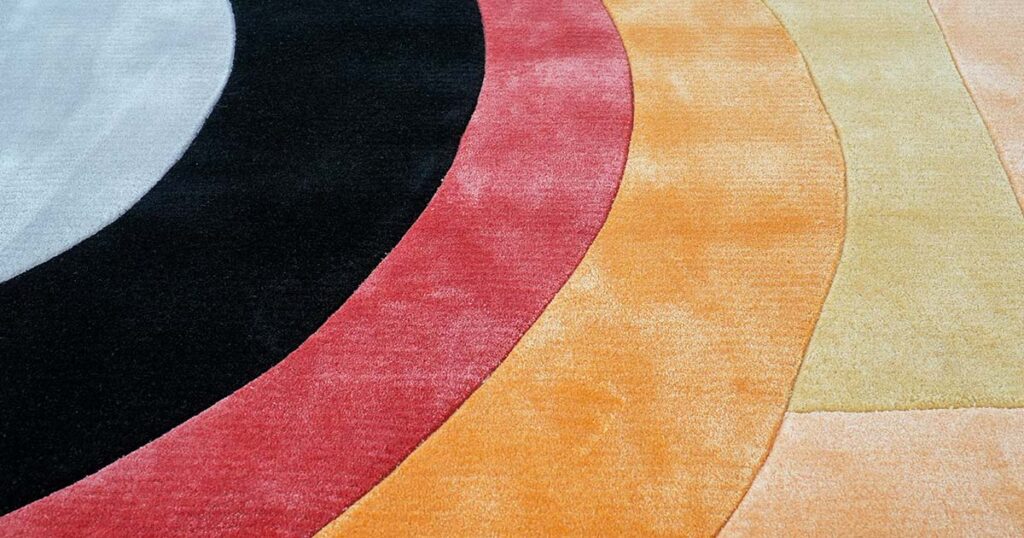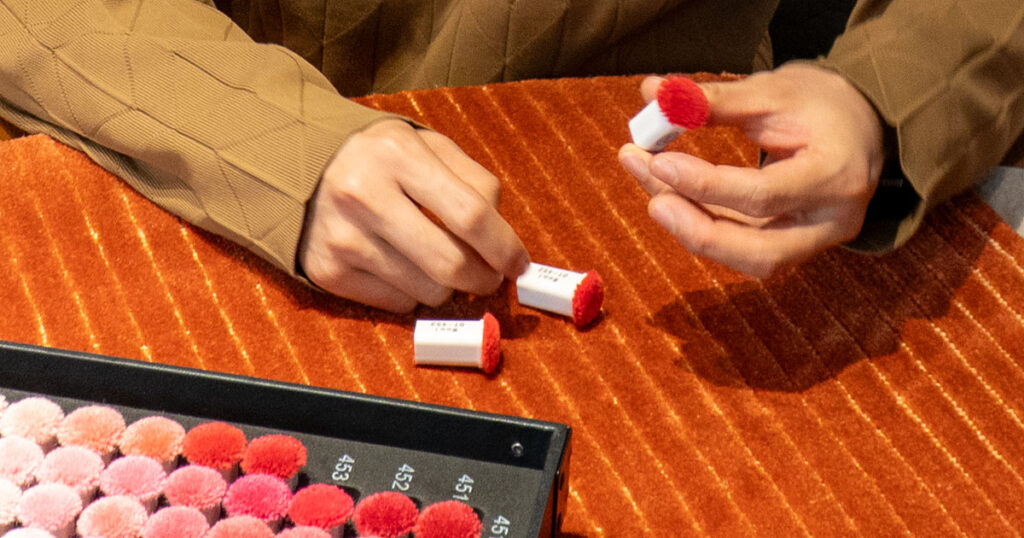This guide unveils the rich world of cultural motifs in rug design.
Discover the hidden meanings behind intricate patterns.
Learn how these symbols reflect centuries of tradition.
Explore how cultural motifs add depth to your home decor.
Ready to embark on a journey through the art of cultural rug design?
Let’s dive in.
Introduction
Cultural motifs in rug design represent a fascinating intersection of art, history, and craftsmanship.
These intricate designs tell stories of ancient civilizations, religious beliefs, and cultural traditions, woven into the very fabric of each rug.
For beginning buyers, understanding these motifs can transform a simple home decor purchase into an investment in cultural heritage and artistic expression.
What Are Cultural Motifs in Rug Design?
Cultural motifs are symbolic designs or patterns that represent specific cultural, religious, or historical elements.
- In rug design, these motifs are woven or knotted into the rug’s structure, creating visual narratives that reflect the rug’s origin and the artisan’s cultural background.
- Unlike general patterns, which may be purely decorative, cultural motifs carry deeper meanings.
For example, a repeating geometric pattern might simply be aesthetically pleasing, while a cultural motif like the Persian “Tree of Life” symbolizes eternal life and connection between heaven and earth.
The Importance of Cultural Motifs in Rug Design
Cultural motifs play a crucial role in preserving heritage and traditions.
Each motif serves as a visual language, passing down stories and beliefs from one generation to the next.
- For artisans, incorporating these motifs is a way to honor their ancestors and keep their cultural identity alive.
- For buyers, rugs with cultural motifs offer more than just floor covering.
- They bring a piece of living history into the home, adding depth and meaning to the decor.
These rugs can serve as conversation starters, educational tools, and connections to diverse world cultures.
Origins and Evolution of Cultural Motifs in Rugs
The use of cultural motifs in rugs dates back thousands of years.
- Ancient civilizations in Persia, Turkey, China, and Central Asia developed unique symbols and designs that reflected their worldviews, religious beliefs, and natural surroundings.
Over time, these motifs have evolved.
- Trade along the Silk Road led to cultural exchanges, influencing designs across regions.
- In modern times, traditional motifs are often reinterpreted in contemporary designs, blending ancient symbolism with current aesthetic trends.
Common Cultural Motifs and Their Meanings
Persian Motifs
- Boteh: A teardrop-shaped motif symbolizing life and eternity
- Tree of Life: Represents connection between heaven and earth
- Gul: An octagonal design often used in Turkmen rugs, symbolizing the tribe
Turkish Motifs
- Tulip: Symbolizes paradise in Islamic art
- Evil Eye: A protective symbol against negative energy
- Hands on Hips: Represents motherhood and fertility
Moroccan Motifs
- Berber symbols: Geometric shapes representing natural elements and human forms
- Khamsa: A hand-shaped amulet for protection
Native American Motifs
- Thunderbird: A powerful supernatural creature in many tribes’ mythologies
- Spider Woman: A creator deity in Navajo culture
How Cultural Motifs Are Incorporated into Rug Design
Weaving techniques play a crucial role in incorporating cultural motifs.
- Hand-knotted rugs allow for intricate, detailed motifs, while flat-woven techniques like kilim produce bold, geometric designs.
Color choices in cultural motifs are often symbolic.
- For instance, in Persian rugs, blue might represent power, red for wealth, and green for paradise.
- The combination and placement of colors can add layers of meaning to the overall design.
Comparing Cultural Motifs with Modern Design Elements
Traditional cultural motifs often feature intricate, symbolic designs with deep historical roots.
- In contrast, modern design elements tend to focus on simplicity, minimalism, and abstract forms.
However, contemporary rug designers are increasingly creating fusion designs that incorporate cultural motifs in innovative ways.
- These rugs might feature traditional symbols reimagined in modern color palettes or abstract interpretations of classic motifs.
Choosing the Right Cultural Motif for Your Space
When selecting a rug with cultural motifs, consider:
- Your room’s existing style: Choose motifs that complement your decor.
- Personal cultural connections: Select motifs that resonate with your heritage or interests.
- Color scheme: Ensure the rug’s colors harmonize with your space.
- Size and placement: Consider how the motifs will look in the available space.
Remember, the right rug can serve as a focal point or a subtle accent in your room.
Caring for Rugs with Cultural Motifs
Proper care is essential to preserve the beauty and integrity of rugs with cultural motifs:
- Regular vacuuming: Use a suction-only vacuum to prevent damaging delicate fibers.
- Spot cleaning: Address spills immediately with a damp cloth, blotting gently.
- Professional cleaning: Have your rug professionally cleaned every 1-2 years.
- Rotation: Rotate your rug periodically to ensure even wear.
- Avoid direct sunlight: Prolonged exposure can fade colors and damage fibers.
Authenticating Rugs with Cultural Motifs
To ensure you’re purchasing an authentic rug:
- Research the seller’s reputation and credentials.
- Look for certificates of authenticity from recognized organizations.
- Examine the rug’s back: Hand-knotted rugs should show the pattern clearly.
- Check for inconsistencies: Minor imperfections often indicate handmade quality.
- Feel the texture: Machine-made rugs often feel too uniform.
Investing in Rugs with Cultural Motifs
Rugs with cultural motifs can be valuable investments:
- Quality hand-knotted rugs often appreciate over time.
- Rarity and age can increase a rug’s value.
- Well-maintained rugs retain their beauty and worth.
- Some motifs or styles may become collectible.
Consider factors like materials, knot density, and provenance when assessing a rug’s investment potential.
Styling Tips: Incorporating Cultural Motif Rugs into Your Home
- Living Room: Use a large rug with bold motifs as a centerpiece
- Bedroom: Choose softer, more subtle motifs for a calming atmosphere
- Dining Room: Select a rug with repetitive patterns that complement your table shape
- Hallway: Long, narrow rugs with linear motifs can elongate the space
- Mix and match: Combine rugs from different cultures for an eclectic look, ensuring colors and patterns complement each other
Conclusion
Rugs with cultural motifs offer a unique opportunity to bring art, history, and global traditions into your home.
By understanding these motifs, you can make informed choices that not only enhance your decor but also connect you to rich cultural narratives.
Whether you’re drawn to the intricate designs of Persian rugs, the bold geometrics of Moroccan carpets, or the spiritual symbols of Native American textiles, there’s a world of cultural expression waiting to be discovered beneath your feet.




